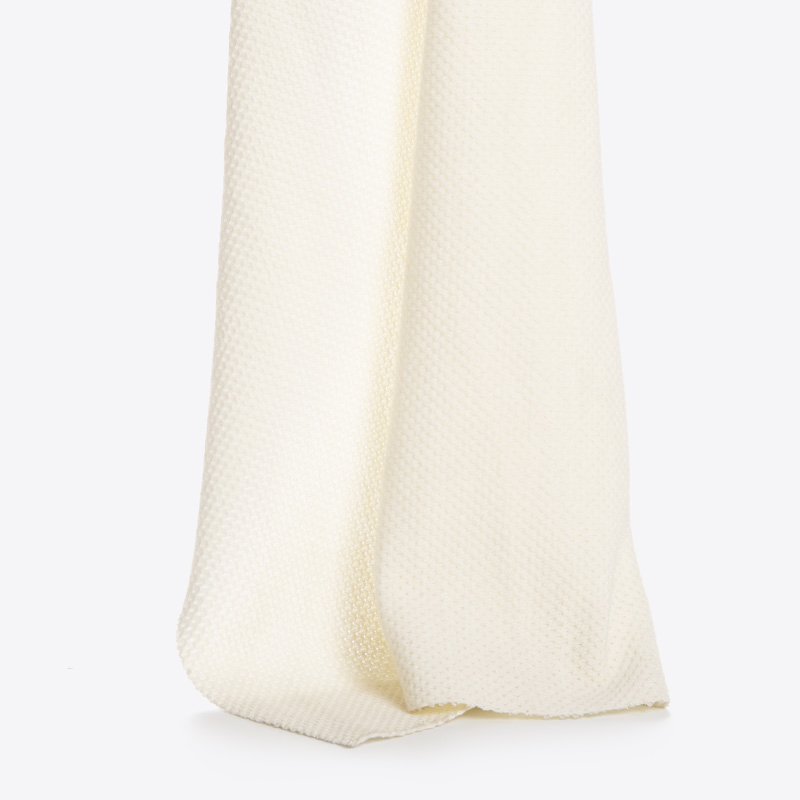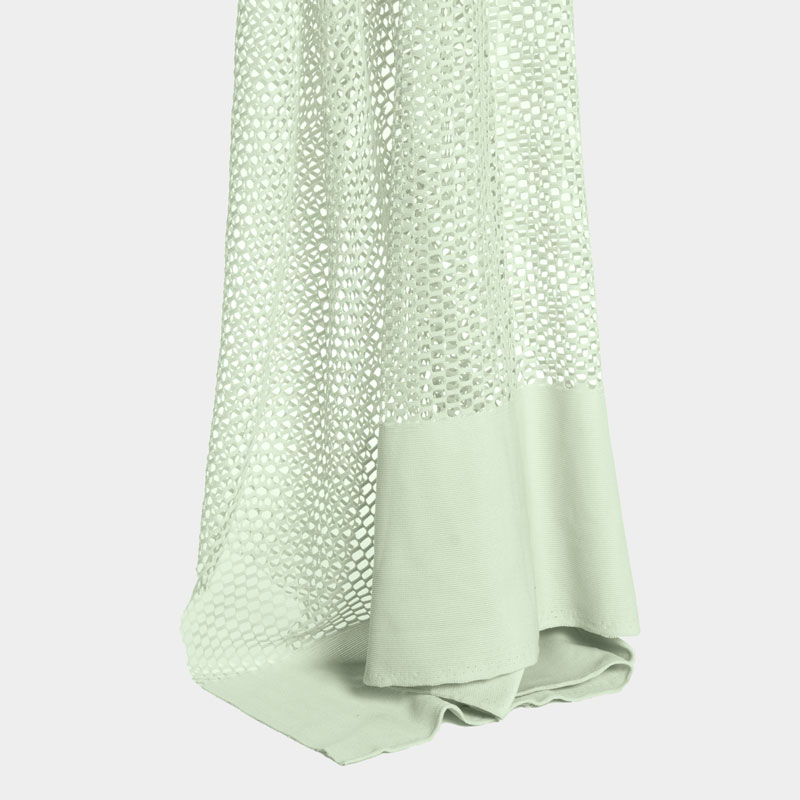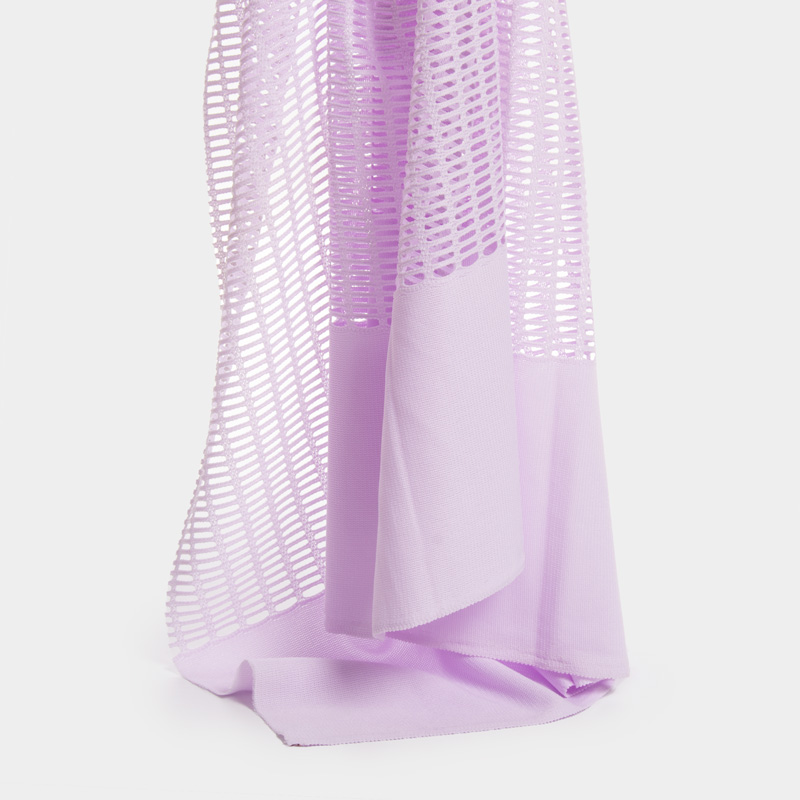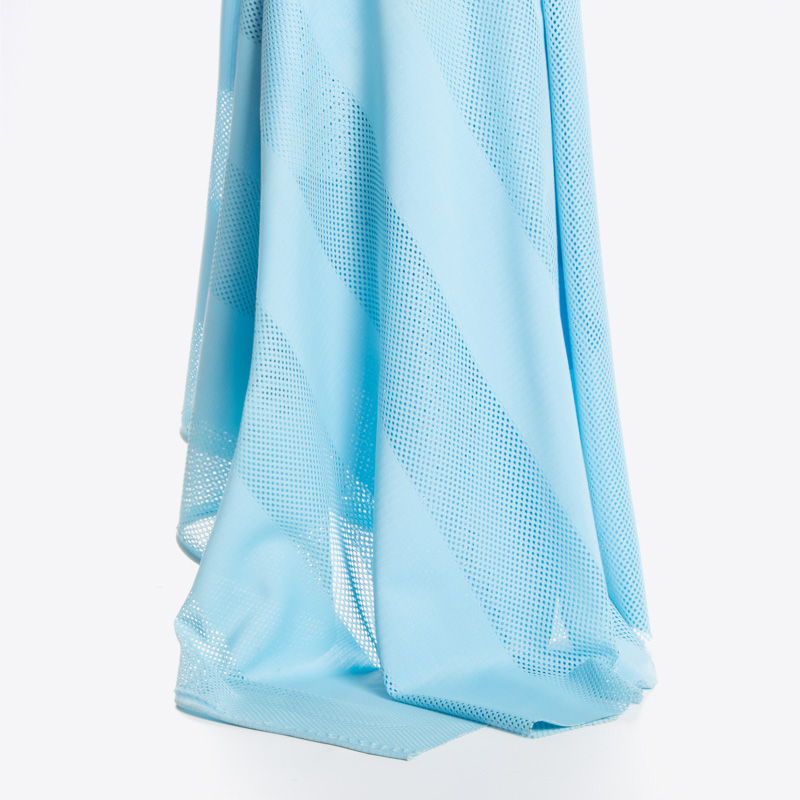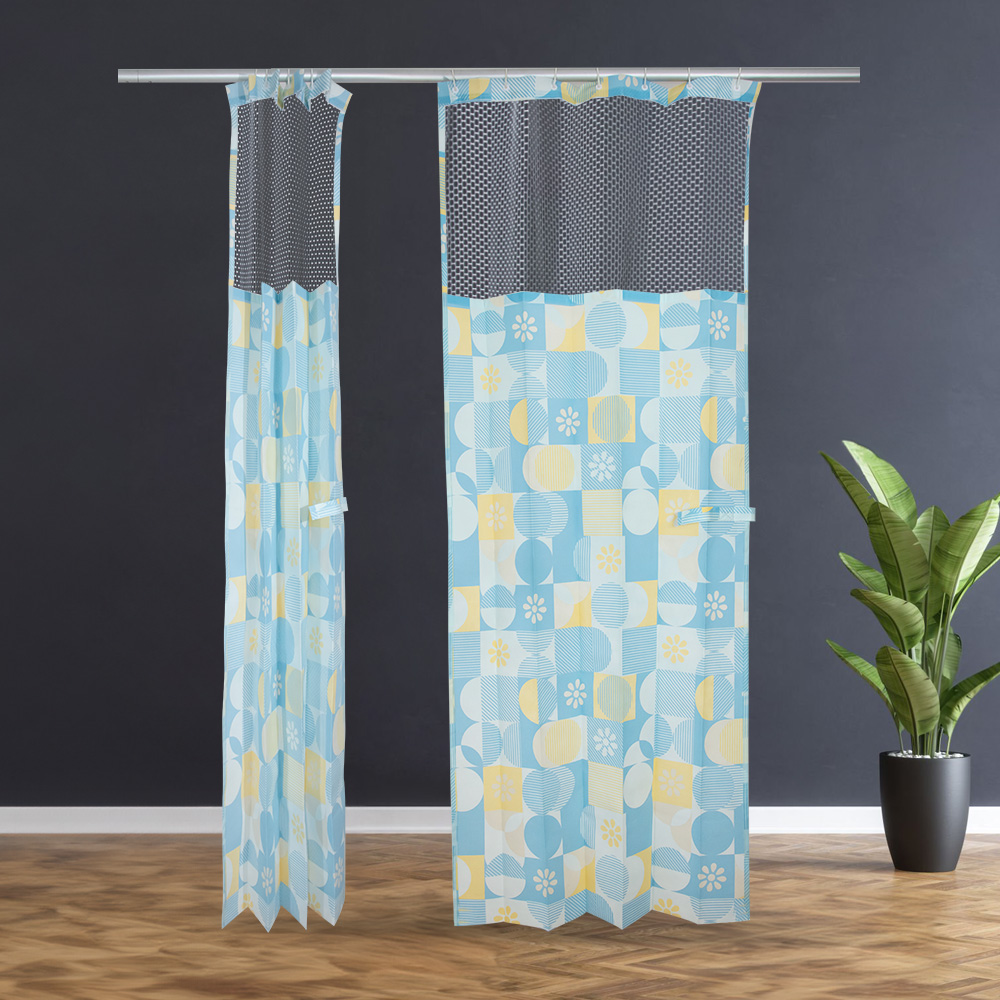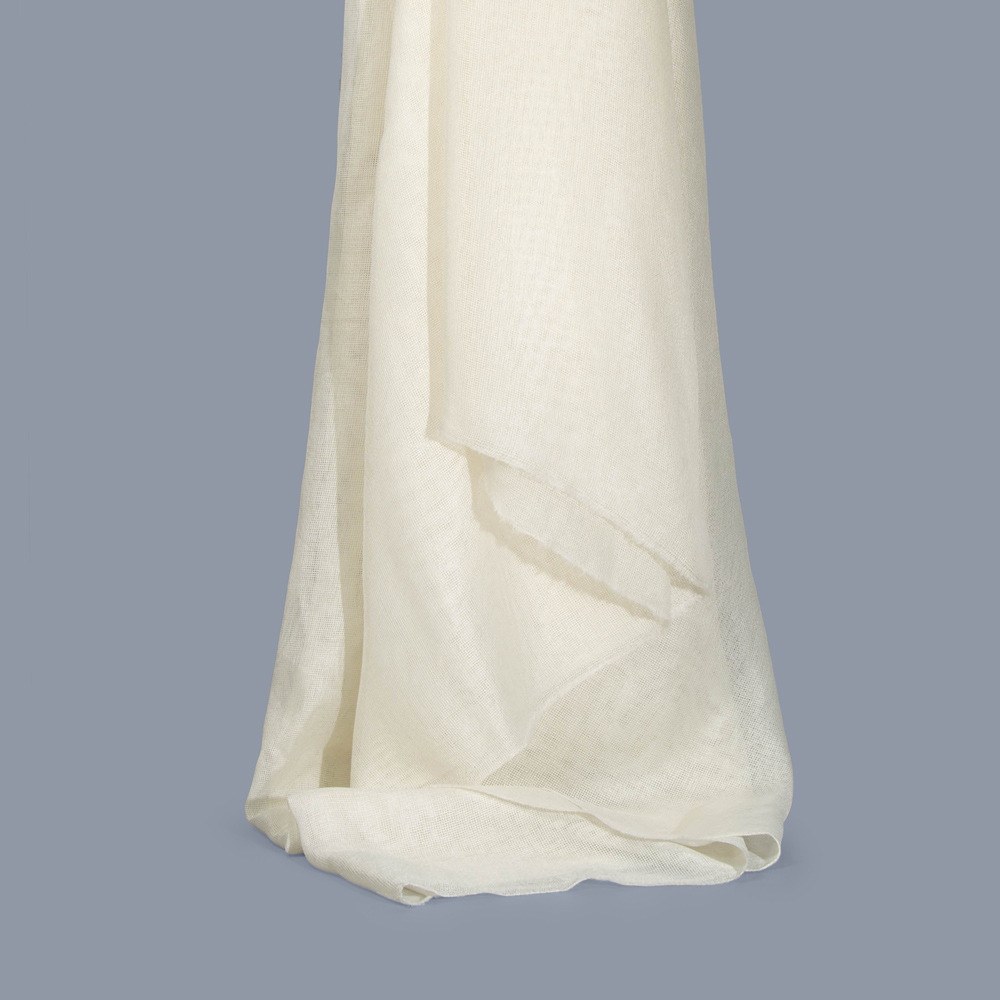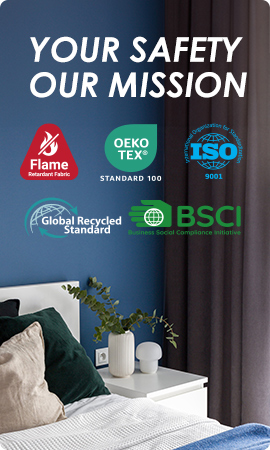Top Flame-Resistant Materials for Mesh Fabric
Definition and Value of Flame-Resistant Mesh Fabric
Special fire-resistant mesh material is crafted to endure fire and extreme heat exposure and safely guard against potential fire risks in hazardous settings where safety is crucially important. It melds the breathable features of mesh fabric with advanced flame-resistant capabilities making it a favored option, for different uses prioritizing both comfort and safety.
Breathability and Flame Resistance in Functional Fabrics
Flame-resistant mesh fabric stands out for its quality of keeping you cool while also providing strong protection from flames at the same time. This impressive combination is made possible by using high-tech fibers that can withstand catching fire and put themselves out automatically when in contact with flames. Its breathable nature guarantees the wearer’s comfort in hot conditions making it ideal for long hours of wear, in industrial environments.
Industry Demand: Industrial and Construction Fire Safety
The need for flame mesh fabric is significantly high in sectors like construction and manufacturing or energy production where workers often face fire risks regularly. These industries demand materials that offer fire protection while allowing freedom of movement and comfort for hours of work. Incorporating flame-resistant features, into mesh fabric effectively meets these requirements by ensuring safety measures without sacrificing performance or comfort.
Technical Principles and Material Classification
Creating flame-resistant mesh fabrics requires technical concepts to guarantee their longevity and efficiency while being classified based on the knitting process type used to influence their performance attributes.
Use of BEGOODTEX Permanent Flame-Resistant Polyester Fibers
A significant progression in this area involves the application of BEGOODTEX flame-resistant polyester fibers which are designed to offer enduring flame protection without requiring extra chemical treatments. The unique characteristics of these fibers allow them to endure washings and use while retaining their protective features making them a top pick, for demanding tasks.
Two Classifications
Warp Knitted Mesh Fabrics
Mesh fabrics made with warp knitting consist of yarn strands running parallel along the length of the fabric to ensure stable construction for applications that require durability as a top priority. These fabrics are commonly utilized in settings where physical strain is frequent due, to their exceptional tear and abrasion resistance properties.
Weft Knitted Mesh Fabrics
When it comes to weaving knitted mesh fabrics are crafted using threads that go side to side along the fabric instead of vertically like the warp technique does. This method of construction creates a fabric that’s stretchy and pliable making it comfortable, for those who wear it. Weft knitted fabrics work well in situations where flexibility and how well something fits are key factors to consider.
Finished Products
High Elastic Mesh Fabric
Durable elastic mesh material blends flexibility with fire-retardant properties to provide an option, for safety apparel that demands both comfort and protection features This fabric variety proves especially valuable in outfits crafted for dynamic job settings that prioritize ease of motion.
Mosquito Nets
Flame-resistant mesh fabric not only finds its place in clothing but also serves a vital purpose in mosquito nets where it offers protection against insect bites and doubles as a safety measure against fire risks. A perfect fit, for outdoor environments or fire-prone areas.
Application Scenarios Distribution
The flame mesh fabric’s adaptability makes it suitable for a wide range of uses, in different situations where its special properties can be leveraged effectively.
Industrial Protection Field
In workplaces like factories and construction sites fireproof mesh fabrics are commonly used to protect workers against fire hazards in industries such, as oil and gas weldings and electrical work while ensuring their comfort during work hours.
Civilian and Outdoor Scenarios
Apart from being used in industries like manufacturing and construction flame resistant mesh fabrics also have applications for everyday use. For instance, outdoor enthusiasts can take advantage of these materials in camping equipment or clothing tailored for adventures where fire prevention is important. Furthermore, common household items such, as furniture can be made using these fabrics to improve safety without compromising on style or utility.
Advantages of Using Mesh Fabrics
Mesh fabrics have proven to be highly beneficial in a range of applications due to their flame properties and versatile nature. They provide more, than fire protection; they also contribute to light control and privacy preservation.
Permanent Flame Resistance
Flame-resistant mesh fabrics offer an advantage due to their lasting flame resistance properties without the need for extra chemical treatments like some other materials require for fire retardancy purposes! These fabrics come with built-in qualities that ensure enduring protection against flames after multiple washes and extended use. Making them a reliable choice to uphold safety standards in settings prone, to fire hazards.
Light Regulation
Mesh materials offer a blend of visibility and light management thanks to their special design that lets light pass through while also offering some level of opacity to lessen glare and regulate the light entering a room or area making them perfect for use in window treatments or outdoor fixtures where controlling natural light is key, without entirely obstructing it.
Privacy Protection
Mesh fabrics do not control light. Also offers privacy protection by using the weave of the fabric to block visibility from outside while enabling those inside to see out—a useful feature, for homes and businesses prioritizing both privacy and natural light.
Innovations in Mesh Fabrics
Mesh fabric technology has advanced greatly to improve its functionality and usefulness, in industries.
Insufficient Flexibility of Traditional High-Temperature Lines
Conventional high-temperature lines sometimes don’t offer the needed flexibility for uses but recent developments, in mesh fabric tech have tackled this by integrating materials and methods that boost stretchiness while maintaining flame resistance intact. This progress enables the making of versatile protective clothing and gear.
Use of Nanomaterials
The incorporation of nanomaterials into mesh textiles signifies a progression in the field of textile engineering today. The incorporation of nanomaterials into mesh textiles signifies a progression in the field of textile engineering today. These materials enhance the fabric’s attributes by bolstering its durability and resilience against elements, like heat and moisture. Incorporating nanotechnology also allows for the creation of lighter fabrics that maintain safety and functionality without compromise.
Customized Solutions for Anti-Static and High Elasticity
Today mesh materials can be tailored to fit needs like anti-static features and exceptional stretchiness. This customization is essential, for sectors where static energy presents a danger or where clothes must endure movements without ripping or deforming. By adjusting these characteristics producers can create fabrics that address a variety of industrial demands.
Advantages of Using BEGOODTEX Mesh Fabrics
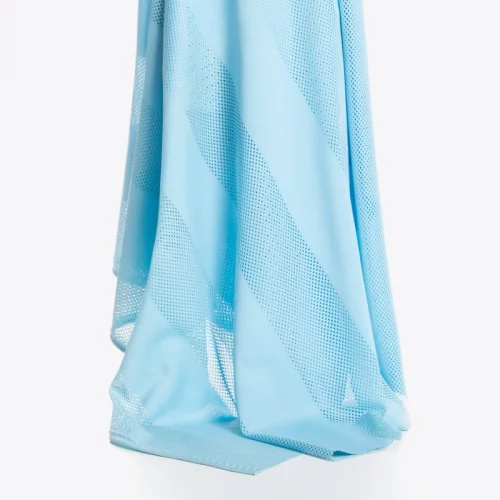
BEGOODTEX mesh materials are known for their performance attributes and commitment to strict safety protocols.
Stable Performance
The BEGOODTEX mesh fabrics are well known for their performance in different situations. They are designed to retain their strength and protective features over time despite being subjected to conditions or regular usage. This dependability makes them a popular option, for tasks where consistent performance is essential. Its Mech Fabrics can be washed 35 times without geting worn out, which strongle shows the stable performance. The color fastness to washing of garment mesh fabric is ≥4 (maximum 5), and the color fastness to perspiration is ≥3-4. Those standands make it more table than ever.
High Safety Standards
Safety is of importance in any situation that involves flame-resistant materials; BEGOODTEX mesh fabrics adhere to strict safety regulations and undergo thorough testing to guarantee they offer sufficient protection, against fire risks while also ensuring the wearer’s comfort. It has safety standards: NFPA 701
CA TITLE 19
NF-P92-503-M1
BS5852 CRIB 5
DIN 4102-B1
EN 13773 CLASS 1
Versatility of Mesh Fabric
Mesh fabric’s open-weave structure and lightweight properties make it highly adaptable across industries. In sports and outdoor gear, it enhances breathability in athletic wear (e.g., jerseys, shorts) and backpack linings. Its moisture-wicking capabilities and durability also suit medical applications, such as surgical meshes and orthopedic supports. For home and industrial use, it appears in furniture upholstery, car seat covers, and air filtration systems due to its airflow optimization and resistance to wear. Additionally, eco-friendly variants like recycled polyester mesh cater to sustainable fashion and packaging needs, demonstrating its role in modern environmental initiatives
Insect-Repellent Properties of Mesh Fabric
Bug mesh fabric, crafted from tightly woven polyester or nylon, creates a physical barrier against insects while maintaining airflow. This makes it ideal for outdoor gear like tents, hammocks, and mosquito nets, where protection from mosquitoes and flies is critical without compromising ventilation. The fabric’s microscopic perforations (e.g., 35–40 mesh count) block even tiny pests, as seen in specialized insect-repellent clothing and agricultural covers. Advanced treatments, such as permethrin coatings, can further enhance its pest-deterrent capabilities, offering long-lasting defense for camping and tropical travel applications.
FAQ
Q: What is a mesh fabric?
A: Mesh is a woven material with a mesh-like appearance originally created by a textile designer searching for a breathable fabric resistant to drastic temperature fluctuations using looms to create open spaces, between the yarn strands.
Q: What type of cloth is mesh?
A: Mesh is a fabric type with gaps between the threads that can be woven or knitted in various styles such, as lace or net.

